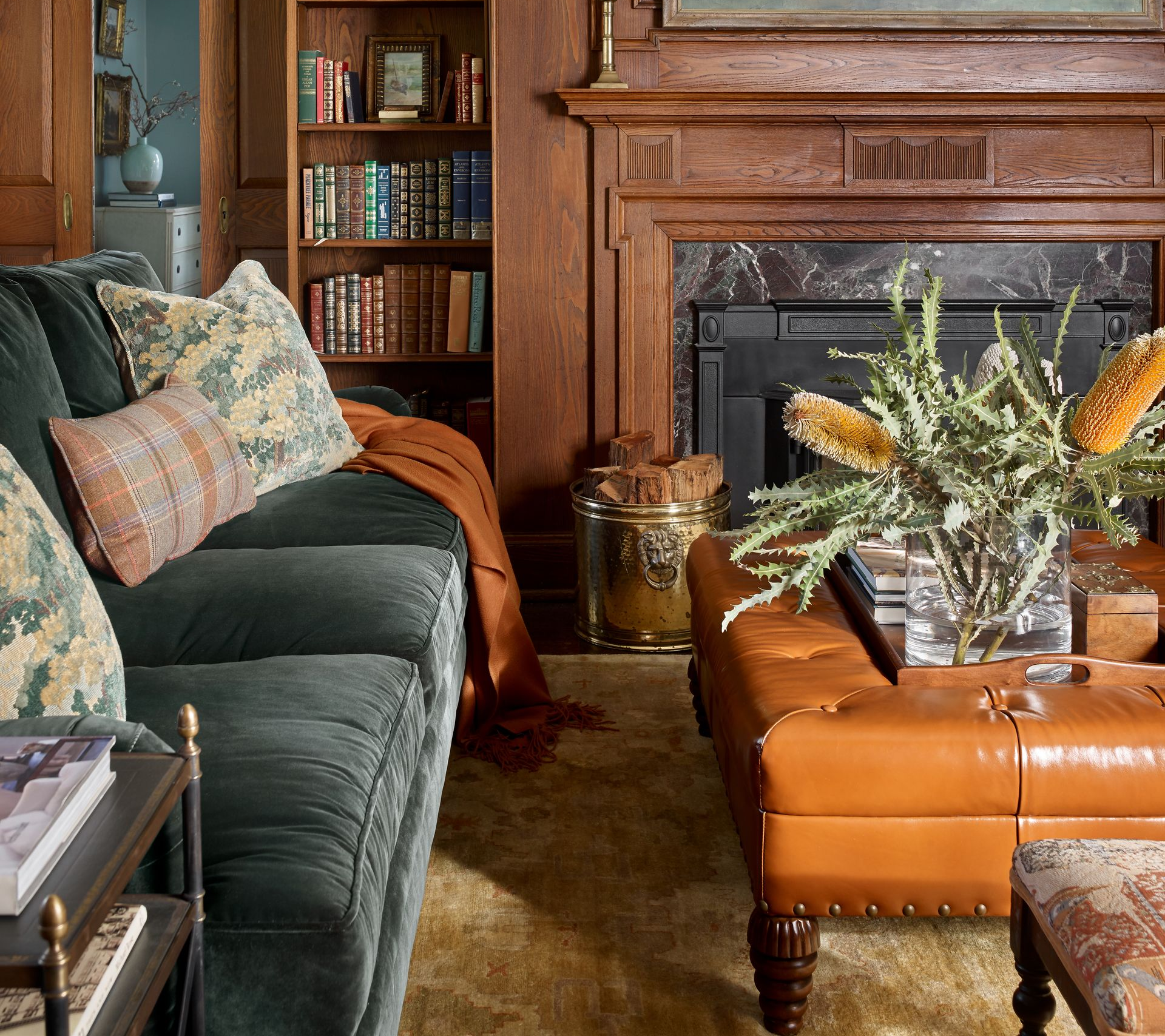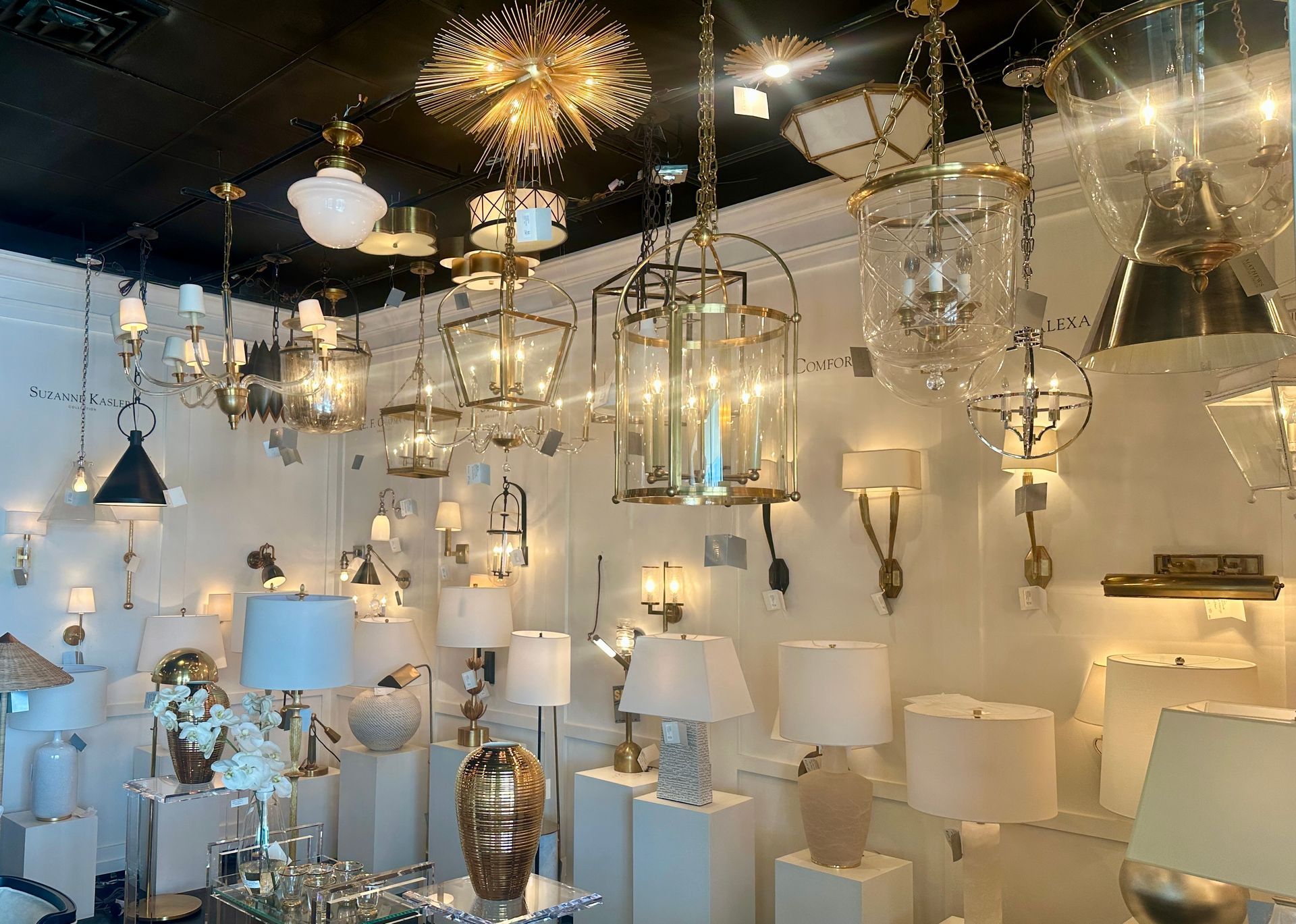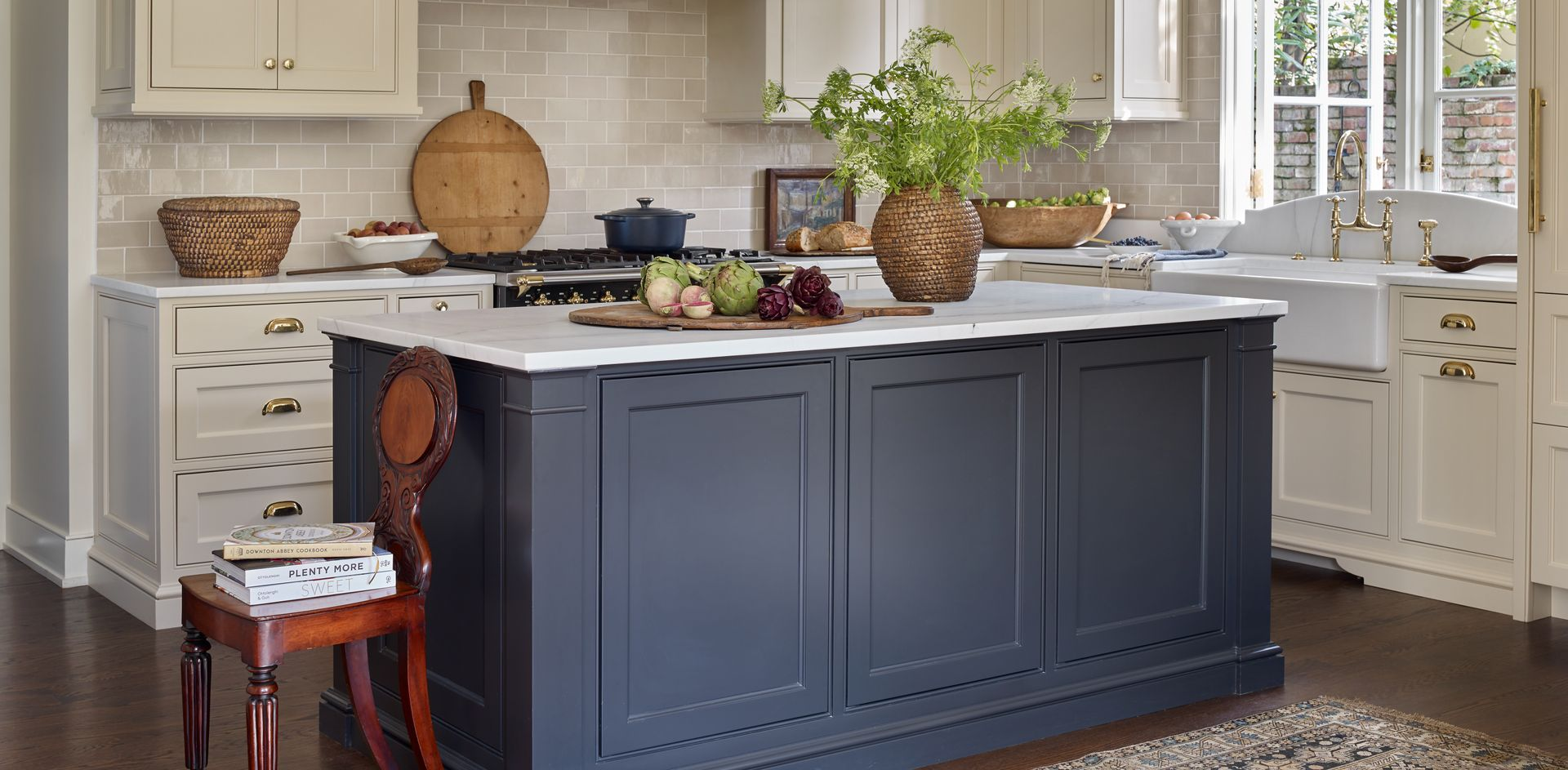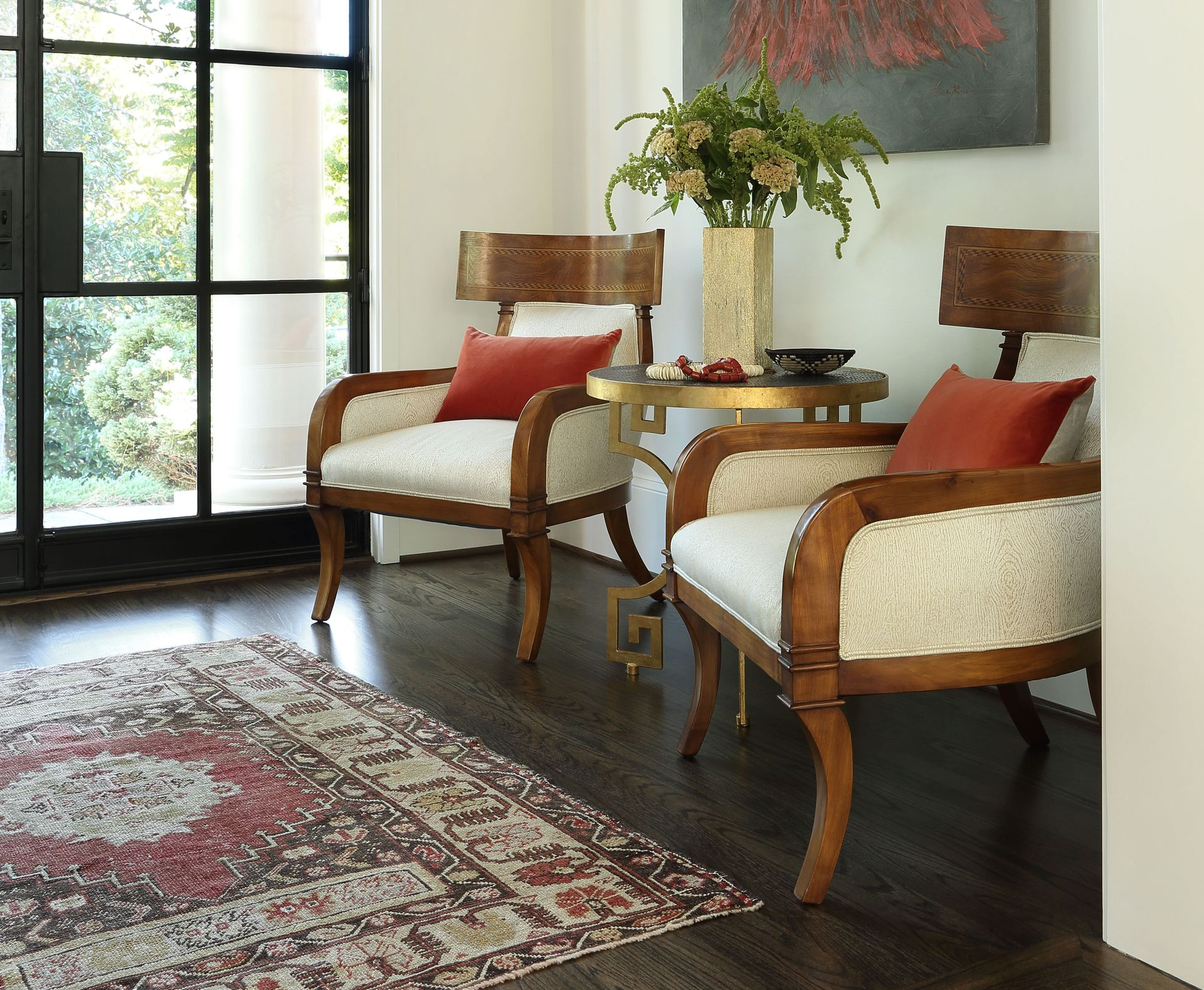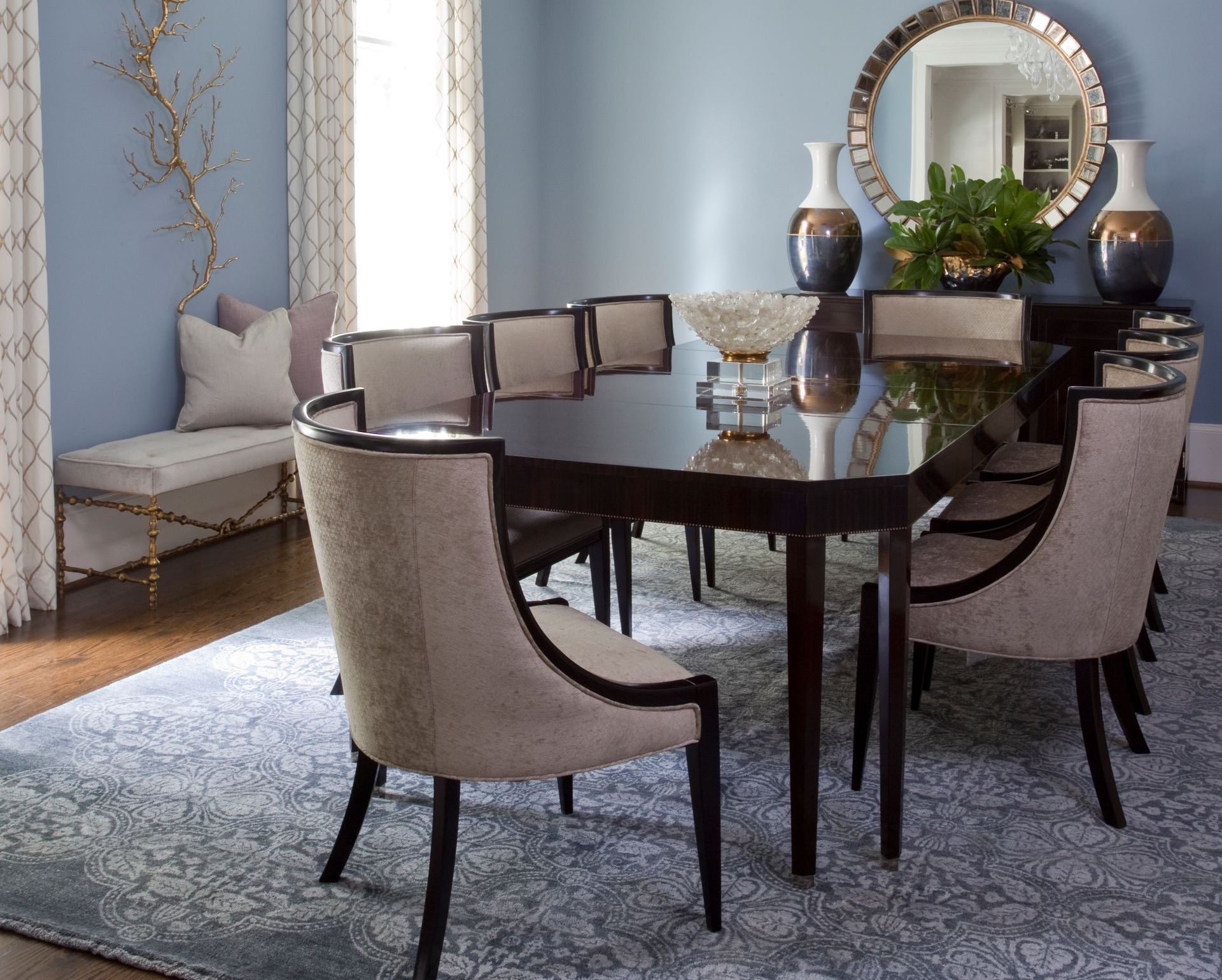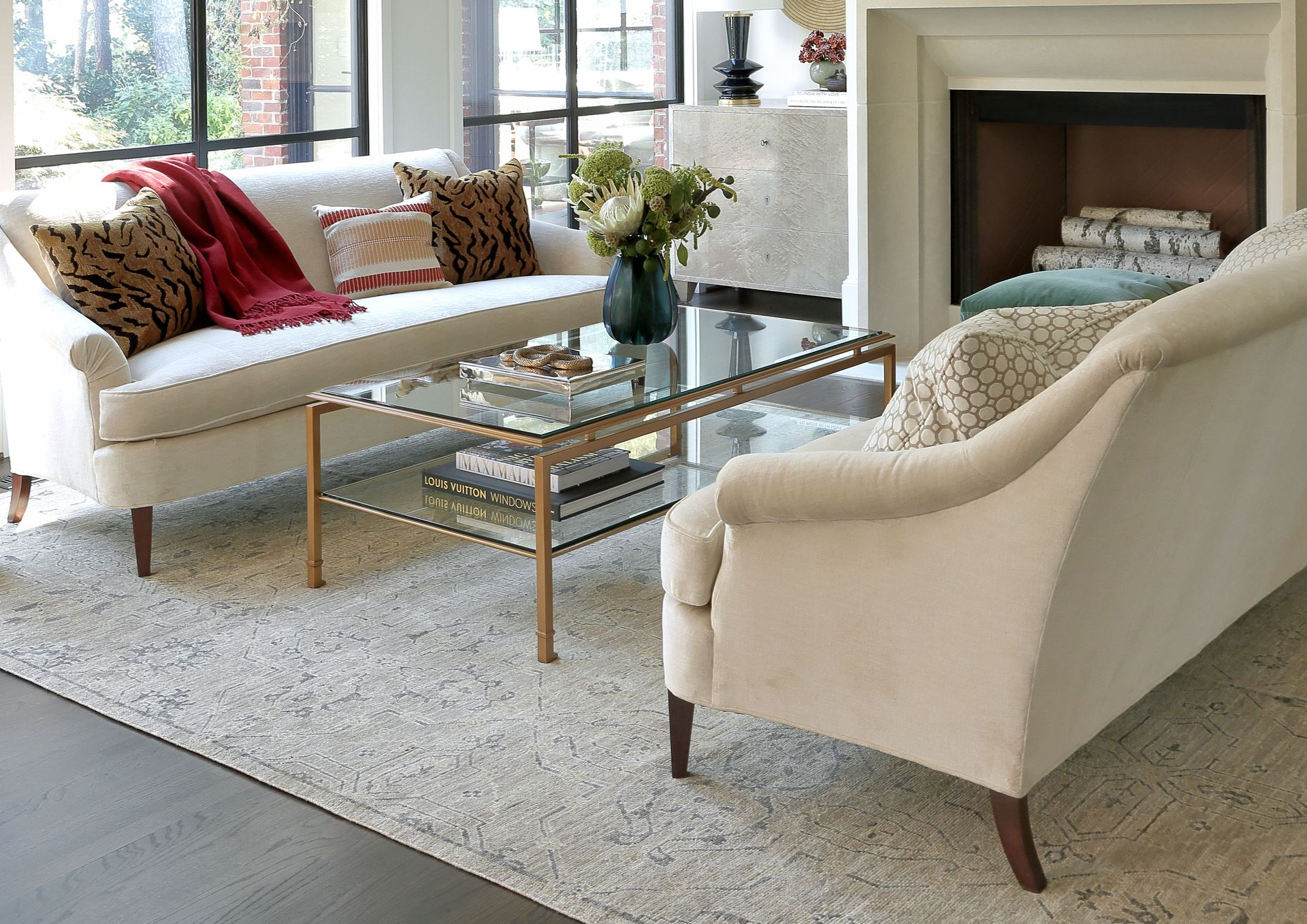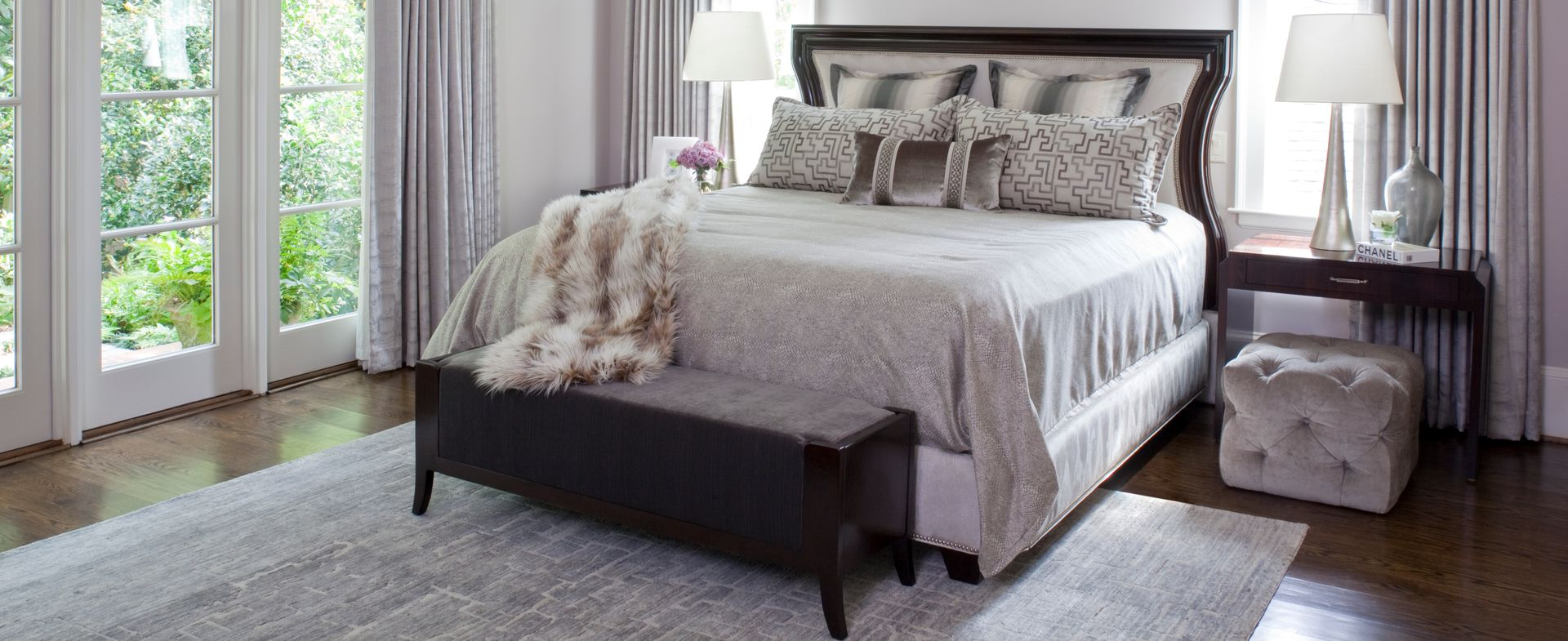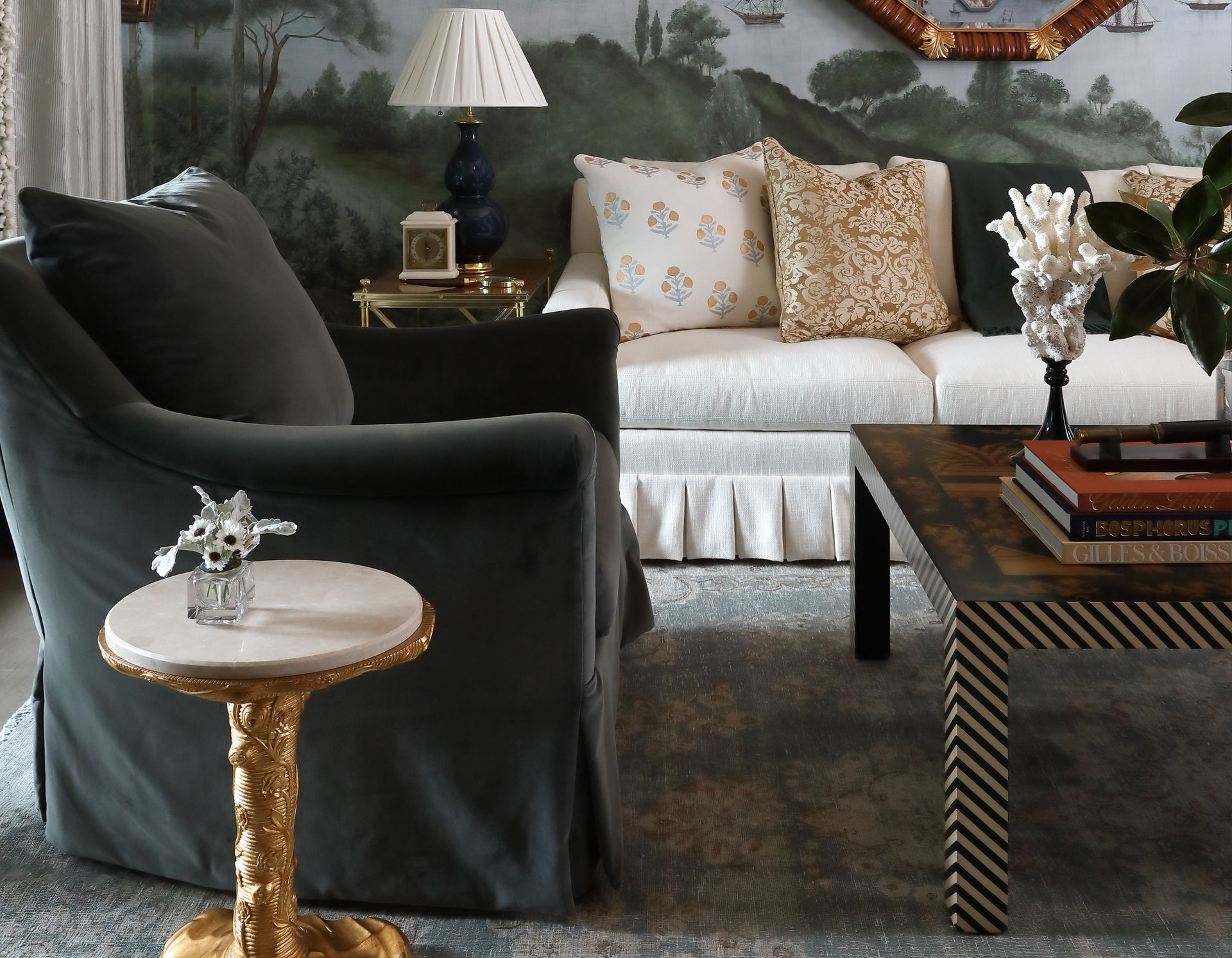4 Ways an Interior Designer Can Help Plan Out a Non-Media Sitting Room
If you have a living room with a television, a majority of your furniture likely points right at the TV. If you have an extra sitting room in your home or do not want to display a television, then you open up a whole world of decorating opportunities. The process can quickly become overwhelming, but an interior designer can help you along the way.
Learn four ways an interior designer can help you plan out your sitting room and create a cozy area that you will find enjoyment in every day.
1. Furniture Selection and Placement
Without a television in the room, you have a lot of furniture options. You could make a coffee table the centerpiece of the room and surround the coffee table with various furniture pieces. Give the room an open feel with less furniture and more room to walk around.
Split off the room into different areas. For example, you could have a couch and a love seat next to each other so multiple people can sit and chat. You could also have a recliner in the corner of the room to create a reading nook.
An interior designer has a good eye for the available space and can help you select the proper sizes and placement of the furniture. An interior designer can help you select matching furniture pieces that also fit with the aesthetic of the room and do not overcrowd the area.
2. Fireplace Design
Many living rooms and sitting rooms will include a fireplace. In many homes, televisions are above the fireplace. With more space available in this room, you can play around with different fireplace design options. No matter if you use the fireplace or not, you can change the look and style of the fireplace.
One of the biggest transformations includes fireplace paint. An all-white fireplace can add some brightness to the room and make the space feel bigger. An interior designer can help you choose a fireplace screen or enclosure that matches the room design.
Choose from mantle options above the fireplace and use the area to place decorations or picture frames. An interior designer can help you establish seasonal options including autumn floral decor, winter holiday designs, and bursts of spring colors. When you decide the options ahead of time, you will often have an easy time transitioning from season to season.
3. Lighting Designs
Lighting is a crucial element of a room that people often ignore or accept as is. In a sitting room, you can add and enhance the lights to create a more welcoming space. An interior designer will help pick out the main sources of light like lamps or ceiling fans. The designer can also help select accent light designs.
For example, you may add accent lights to a bookshelf to add a nice pop of light. Instead of having books and decor sit in the shadows, the extra lighting element adds depth to the room and gives you various decoration options.
4. Art and Accessories
Finish off a room design with art pieces and small decorative accessories. Without a television to provide visuals, you have the opportunity to make bold statements and creative designs with the artwork you choose. An interior designer can help you select large pieces of artwork to display on your walls.
For example, consider smart art pieces. Statues, table decor, and vases all add an elegant touch to the room. A color scheme or art style will also piece everything together. An interior designer takes a purposeful approach so the room has a cohesive look and theme that stands out anytime someone steps into the room.
Consult with one of our interior designers at Mathews Furniture + Design. We can help you plan a sitting room from start to finish and will work with you to choose designs that fit your preference and style.


